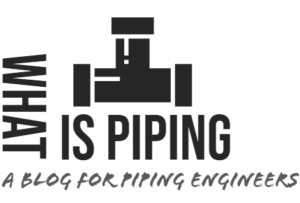Welding defects can be defined as unacceptable imperfections during the welding process. Any unacceptable deviation with respect to set technical and design requirements in the welding process is...
Recent Posts
Types of Pipe Fittings and Components for Piping, Pipeline, and Plumbing Industry
Pipe Fittings are defined as the piping components that help in pipe routing for directional changes, size changes, and branch connections. Piping Elbows, Piping Reducers, Tee Connections, Olet...
What are Check Valves? Types of Check Valves & Their Symbols
Check valves are essential components in fluid control systems. They play a crucial role in preventing the reverse flow of fluids within pipelines or piping systems. Check valves are popular as...
Stress Classification in Pressure Vessels and Piping as per ASME B31 and BPVC Codes
In this article, We will learn the stress classifications as per ASME B31 and ASME BPVC codes in detail. Stress Classification in ASME B31 For performing stress analysis while designing a...
Valves in Piping: Types, Application, Selection, Standards, Components, Working
When it comes to the intricate world of industrial systems and processes, piping valves play a pivotal role. These devices regulate the flow of liquids, gases, and even solids, ensuring the smooth...
Threaded Connections are widely used for small bore piping having nominal diameters NPS 2 or smaller. This is the oldest pipe-joining method and is still highly popular. Threaded pipe fittings are...
